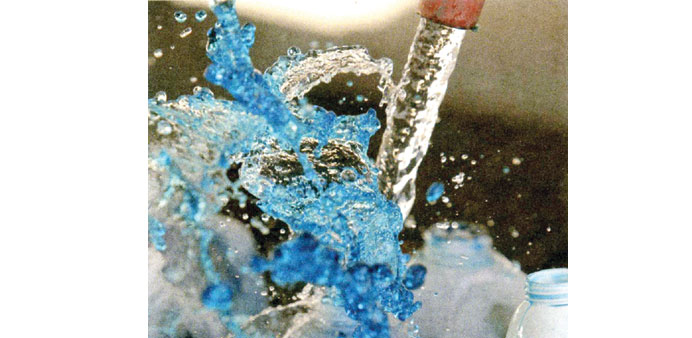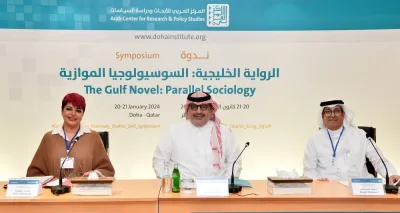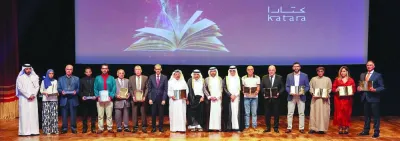RasGas, in its Sustainability Report 2013, believes it is possible to minimise onshore
discharge of wastewater.
RasGas is exploring ways to put wastewater to even better use in its plant operations in a bid to achieving zero onshore discharge.
In its Sustainability Report 2013, RasGas said it has identified additional treatment packages last year that featured membrane bioreactor and reverse osmosis units to further improve the quality of the treated waste water.
This will enable RasGas to reuse treated wastewater streams as an alternative to desalinated water for plant operations, further reducing demands on the environment and natural reserves, the report stated.
Water management is an increasingly important issue in the oil and gas industry and in particular, the use of fresh water in operations. This is especially sensitive in countries such as Qatar where fresh water resources are scarce and the cost of producing fresh water and the impact on the environment are significant, the report noted.
RasGas said it uses desalinated water in a number of processes at Ras Laffan, particularly steam generation and for domestic potable use. Less than 20% of this water is purchased via the Ras Lafan Industrial City (RLIC) while the remainder is generated by RasGas’ desalination units.
According to the report, RasGas’ primary process water source is seawater, which is used for cooling process equipment by means of a once-through cooling water system.
RasGas uses two systems: the RLIC common seawater cooling system for Trains 4 to 7 and the RasGas seawater cooling system for Trains 1 to 3. The two systems operate independently and the streams are returned to the sea via separate seawater discharge channels.
Having modelled seawater return and its impact on the port area, RasGas reported that it is carrying out a pilot study to examine alternate dosing of chlorine to manage algal growth.
Early indications, the report said, suggest this is reducing the impact of the discharge. Some process water is also discharged underground via injection wells while other treated process water is reused for irrigation.
For Trains 3, 4, 5, 6, and 7, RasGas’ current approach is to treat and reinject the produced water onshore as an alternative to returning it to the sea, the report stated.
“We are currently studying how we can reduce the amount of water reinjection taking place as well as looking for alternative uses for this specific water stream within the plant,” RasGas reported.
It added: “This is dependent on identifying technologies to treat water to a quality suitable for reuse within the plant. For Trains 1 and 2, we separate produced water from the gas at the platform and discharge it into the sea.”



